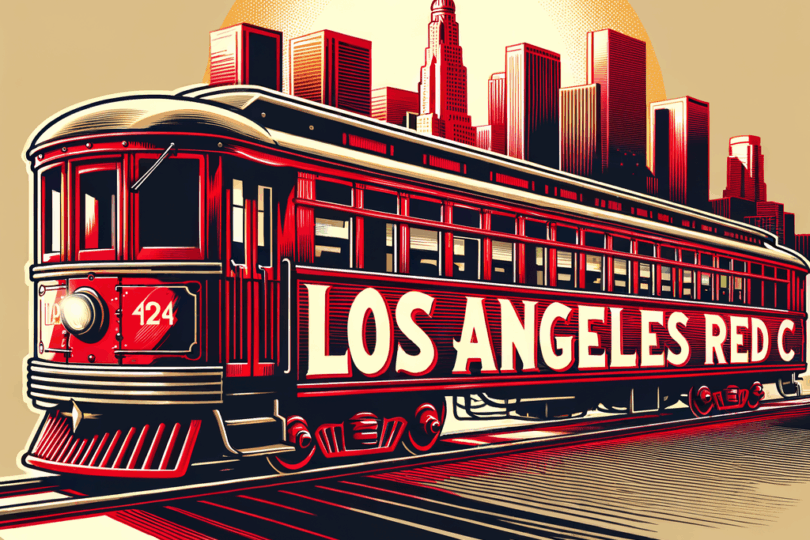Los Angeles once boasted the world’s most extensive electric railway system, the Pacific Electric Railway, commonly known as the “Red Cars.” This vast network connected the city and its suburbs, facilitating urban growth and mobility. However, by the mid-20th century, the Red Cars had vanished, replaced by a car-centric infrastructure. Decades later, Mayor Tom Bradley spearheaded efforts to reintroduce rail transit to Los Angeles, aiming to alleviate traffic congestion and promote sustainable transportation.
The Rise of the Red Cars
Established in 1901 by Henry Huntington, the Pacific Electric Railway rapidly expanded, covering over 1,000 miles at its peak. The Red Cars connected downtown Los Angeles to outlying areas like Long Beach, Pasadena, and Santa Monica, playing a pivotal role in the city’s development. This network enabled residents to commute efficiently, fostering economic growth and suburban expansion.
Factors Leading to the Demise of the Red Cars
Several interrelated factors contributed to the decline and eventual cessation of the Red Car system:
1. Rise of Automobile Culture
Post-World War II America saw a surge in automobile ownership. Los Angeles, with its sprawling geography, became emblematic of car culture. The convenience and perceived freedom of personal vehicles led many to abandon public transit.
2. Infrastructure Prioritization
The city invested heavily in freeway construction, often at the expense of public transit. The burgeoning freeway system made car travel more accessible, further diminishing the appeal of the Red Cars.
3. Economic Challenges
Operating such an extensive rail network became financially untenable. Declining ridership and increasing maintenance costs strained the system’s viability.
4. Corporate Interests
Entities like National City Lines, backed by automotive and oil industries, acquired and dismantled streetcar systems nationwide, including Los Angeles. This strategic move aimed to eliminate competition and promote bus and automobile usage.
The Final Days of the Red Cars
By the 1950s, the Red Car system was in rapid decline. Services were systematically reduced, and by 1961, the last line ceased operation. The once-thriving network was dismantled, with many cars sold for scrap or abandoned.
Tom Bradley’s Vision for Rail Revival
Elected in 1973, Mayor Tom Bradley recognized the detrimental effects of Los Angeles’ car dependency, including traffic congestion and air pollution. He envisioned a comprehensive public transit system to address these challenges.
1. Advocacy for Public Transit
Bradley championed initiatives to reintroduce rail transit, emphasizing its potential to reduce congestion and promote environmental sustainability.
2. Proposition A
In 1980, under Bradley’s leadership, voters approved Proposition A, a half-cent sales tax dedicated to funding public transit projects. This measure provided the financial foundation for future rail developments.
3. Metro Rail Development
The funds from Proposition A facilitated the construction of the Metro Rail system. In 1990, the Blue Line (now the A Line) commenced operations, marking the return of rail transit to Los Angeles. Subsequent lines, including the Red, Green, and Gold Lines, expanded the network, fulfilling Bradley’s vision.
Legacy and Impact
Tom Bradley’s commitment to revitalizing rail transit reshaped Los Angeles’ transportation landscape. His efforts laid the groundwork for a more balanced and sustainable transit system, offering residents alternatives to car travel. Today, the Metro Rail network continues to expand, reflecting Bradley’s enduring legacy.


